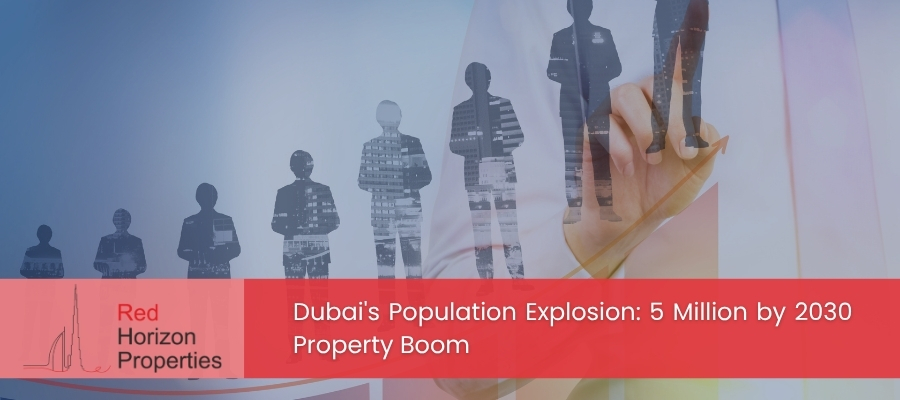
Dubai’s Population Explosion: 5 Million by 2030 = Property Boom
Dubai’s meteoric rise as a global metropolis shows no signs of slowing down. The emirate’s population trajectory reveals a compelling story: a projected increase of nearly 40% over the next six years. For real estate investors, this demographic explosion translates directly into sustained property demand, rental yield growth, and capital appreciation opportunities across multiple segments of the market.
Understanding the drivers behind this population boom and its implications for property investment is crucial for anyone looking to capitalize on Dubai’s real estate market. Let’s dive into the numbers, trends, and investment strategies that will define the next era of Dubai’s property landscape.
The Numbers Behind Dubai’s Population Surge

Dubai’s current population of approximately 3.6 million residents represents remarkable growth from just 1.8 million in 2010. The Dubai Statistics Center projects this figure will reach 5 million by 2030, driven by several interconnected factors that make the emirate an irresistible destination for global talent and businesses.
Key demographic drivers include:
- Economic Diversification: Dubai’s pivot away from oil dependency has created hundreds of thousands of jobs in technology, finance, tourism, and logistics sectors
- Global Business Hub Status: Over 200,000 registered businesses call Dubai home, with 75% of Fortune 500 companies maintaining regional offices here
- Quality of Life: Tax-free income, world-class infrastructure, safety, and lifestyle amenities attract professionals and families from over 200 nationalities
- Strategic Location: Dubai’s position as a bridge between East and West makes it ideal for international business operations
- Visa Reform: New long-term visa categories including the Golden Visa program encourage permanent residency and property ownership
This population influx isn’t random—it’s concentrated in specific demographic segments that drive property demand. Young professionals aged 25-40 comprise the largest cohort, followed by growing numbers of families seeking education and lifestyle benefits. High-net-worth individuals (HNWIs) are also relocating in record numbers, particularly from regions experiencing political or economic instability.
What 1.4 Million New Residents Mean for Property Demand
Adding 1.4 million residents by 2030 creates immediate and sustained pressure on Dubai’s housing stock. Based on average household sizes in Dubai (2.8 persons per unit), this translates to demand for approximately 500,000 additional residential units over the next six years—roughly 83,000 new units needed annually.
| Property Segment | Projected Annual Demand | Investment Opportunity |
|---|---|---|
| Affordable Housing (Studio-1BR) | 35,000 units/year | High rental yields 7-9% |
| Mid-Range Family Units (2-3BR) | 32,000 units/year | Stable demand, 6-8% yields |
| Luxury Properties (4BR+) | 12,000 units/year | Capital appreciation 8-12% |
| Commercial/Retail Space | 4,000 units/year | Long-term leases, steady income |
Current construction pipelines show approximately 350,000 units planned for delivery by 2030, suggesting a potential supply shortage of 150,000 units. This gap between demand and supply creates a favorable environment for property price appreciation and sustained rental yields—particularly in well-located developments with quality amenities.
Expert Insight: “The supply-demand dynamics favor investors who position themselves early in high-growth corridors. Areas with infrastructure development, metro connectivity, and master-planned communities will see disproportionate value appreciation.” — Red Horizon Dubai Investment Research Team
Strategic Investment Zones for Population-Driven Growth
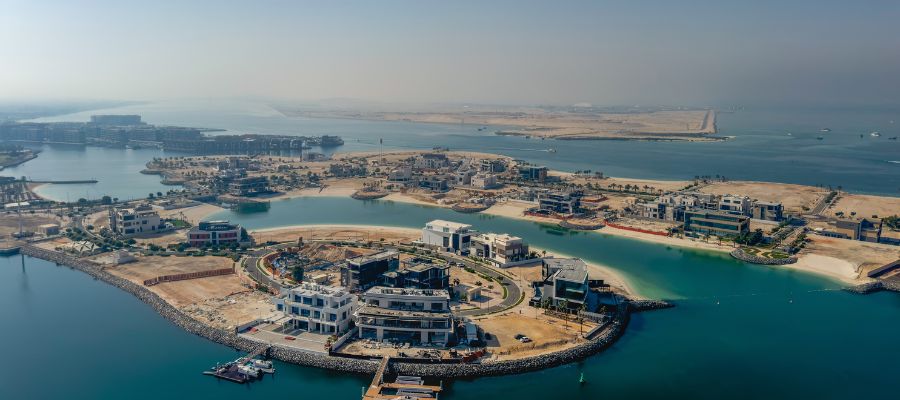
Not all Dubai neighborhoods will benefit equally from population growth. Smart investors are focusing on areas with three critical factors: infrastructure development, employment hubs proximity, and lifestyle amenities. Here’s where demographic growth will create the strongest property value uplift:
1. Creek Harbour – The Future Skyline
Creek Harbour will be home to the world’s next tallest tower and is designed for a population of 200,000 residents. With Emaar Properties leading development, this waterfront destination combines residential, retail, and hospitality in a master-planned community. Current off-plan projects offer entry points from AED 800,000 with flexible payment plans—positioning investors ahead of the population curve.
2. Business Bay – The Vertical City
Already home to 50,000 residents and 3,000 businesses, Business Bay is projected to double its population by 2028. The live-work-play concept attracts young professionals seeking short commutes and urban lifestyle. Properties here deliver 7-8% rental yields with strong capital appreciation potential. Developers like DAMAC Properties and Emaar continue launching premium towers with innovative designs.
3. Dubai South – The Aviation City
Anchored by Al Maktoum International Airport—projected to handle 260 million passengers annually—Dubai South is master-planned for 1 million residents. This emerging district offers the most affordable entry points (studios from AED 400,000) while providing access to Expo City Dubai and major employment centers. Population influx here will be dramatic as infrastructure completes.
4. Downtown Dubai – The Iconic Address
The Burj Khalifa district continues attracting affluent residents and investors seeking prestige addresses. Limited land availability means supply constraints will drive prices higher as population grows. Luxury apartments here command premium rents from corporate executives and HNWI tenants—though entry points start from AED 2 million+.
5. Dubai Marina – The Waterfront Lifestyle
With 120,000 current residents, Dubai Marina is approaching capacity—making well-located properties increasingly valuable. The promenade lifestyle, beach access, and dining scene attract professionals and families. Secondary market opportunities exist for investors willing to pay premium prices for proven rental performance.
Investment Strategies to Capitalize on Population Growth
Different investor profiles can leverage demographic trends through tailored strategies:
Strategy #1: Off-Plan Volume Approach
Purchase multiple affordable units in emerging areas using developer payment plans (typically 20-30% during construction, balance on handover). Target studios and 1-bedroom apartments in areas experiencing population influx. Rent upon completion, then exit during market peaks. Ideal for investors seeking portfolio diversification with moderate capital (AED 150,000-300,000 per unit down payment).
Strategy #2: Family Community Long-Term Hold
Invest in 2-3 bedroom villas or townhouses in family-oriented communities like Jumeirah Village Circle or Town Square. These areas benefit from stable, long-term tenants (families stay 3-5 years on average) and steady capital appreciation of 5-7% annually. Nakheel and Meraas develop premium family communities with schools, parks, and retail.
Strategy #3: Luxury Golden Visa Portfolio
High-net-worth investors can secure Dubai residency through properties valued at AED 2 million or more while capitalizing on population-driven demand. Premium apartments in Downtown Dubai, Palm Jumeirah, or Emirates Hills provide both Golden Visa eligibility and strong rental income from corporate executives. Properties from Emaar command premium positioning.
Strategy #4: Commercial Mixed-Use Positioning
Population growth drives retail and office demand. Invest in commercial units within mixed-use developments where residents provide built-in customer base. Business Bay, Dubai Hills, and City Walk offer such opportunities. Longer lease terms (3-5 years) and corporate tenants provide stability, though higher entry capital required (AED 1 million+).
Risk Factors and Market Realities
While Dubai’s population trajectory is compelling, sophisticated investors must consider potential headwinds:
- Oversupply Risk: If developers launch projects exceeding actual demand, certain locations may experience temporary price corrections
- Economic Cycles: Global economic slowdowns could reduce expatriate inflows and corporate relocations
- Competition: Other regional cities (Abu Dhabi, Riyadh, Doha) are also attracting global talent with competitive offerings
- Regulatory Changes: New visa requirements, ownership rules, or taxation policies could impact investment calculations
- Quality Variations: Not all developers deliver equal build quality—reputation matters significantly
Successful investors mitigate these risks through diversification, developer selection, location research, and maintaining adequate liquidity. Working with experienced consultancies that understand market nuances becomes invaluable.
Frequently Asked Questions
Q: Will Dubai’s property prices continue rising as population grows?
A: Historical data shows direct correlation between population growth and property values in Dubai. However, price appreciation varies by location, property type, and supply dynamics. Prime locations with constrained supply typically see 6-10% annual appreciation, while emerging areas may see 3-6%. Market cycles still occur, but long-term trend remains positive.
Q: Which property segments benefit most from population growth?
A: Affordable housing (studios and 1-bedroom units priced AED 600,000-1.2 million) sees strongest demand as young professionals dominate Dubai’s demographic profile. Family units (2-3 bedroom) in established communities also perform well. Luxury segment growth is steady but slower.
Q: Is it better to buy off-plan or ready properties in a growing market?
A: Off-plan offers payment plan flexibility and lower entry prices (typically 15-20% below ready property equivalents). Ready properties provide immediate rental income. In high-growth periods, off-plan in emerging areas can deliver superior returns, while ready properties in established locations offer lower risk.
Q: How does Dubai’s population growth compare to other global cities?
A: Dubai’s projected 38% growth by 2030 significantly outpaces most developed cities (London 2%, New York 3%, Singapore 8%). Only select emerging Asian cities like Bangalore or Jakarta show comparable growth rates. This rapid expansion creates unique investment dynamics.
Q: What minimum investment is needed to capitalize on population-driven growth?
A: Entry-level opportunities start from AED 120,000-150,000 down payment for off-plan studios in emerging areas with developer payment plans. Mid-range investments (AED 300,000-500,000) provide access to 1-2 bedroom units in established locations. Premium positioning requires AED 1 million+ capital commitment.
Positioning for Dubai’s Demographic Dividend
Dubai’s journey from 3.6 million to 5 million residents by 2030 represents more than statistics—it signals sustained economic dynamism, infrastructure investment, and lifestyle appeal that few global cities can match. For property investors, this demographic wave creates a rare alignment of favorable conditions: strong demand fundamentals, government-backed development, and diverse investment entry points across price ranges.
The key to success lies in strategic positioning: selecting locations aligned with population flows, choosing developers with proven track records, understanding payment plan structures, and maintaining realistic expectations about returns and timelines. Whether you’re seeking passive rental income, capital appreciation, or Golden Visa residency, Dubai’s population boom provides the underlying engine for multiple investment pathways.
The question isn’t whether Dubai’s population growth will drive property demand—that trajectory is clear. The question is how investors will position themselves to capture the value creation this demographic expansion generates. Early movers in high-growth corridors, patient capital in family communities, and strategic portfolio builders all have opportunities to benefit.
Ready to Position Your Portfolio for Dubai’s Population Boom?
Our investment specialists analyze demographic trends, supply pipelines, and developer offerings to identify optimal entry points across Dubai’s high-growth corridors. Whether you’re exploring off-plan opportunities with flexible payment plans or ready properties for immediate rental income, we provide data-driven guidance tailored to your investment objectives.
Contact Red Horizon Dubai today for exclusive access to pre-launch projects, detailed market analysis, and personalized investment strategies aligned with Dubai’s demographic expansion.
Red Horizon Dubai | Premier Real Estate Investment Consultancy
Specializing in Off-Plan Properties, Developer Relations & Investment Strategy
📍 Dubai, UAE | 🌐 redhorizondxb.com
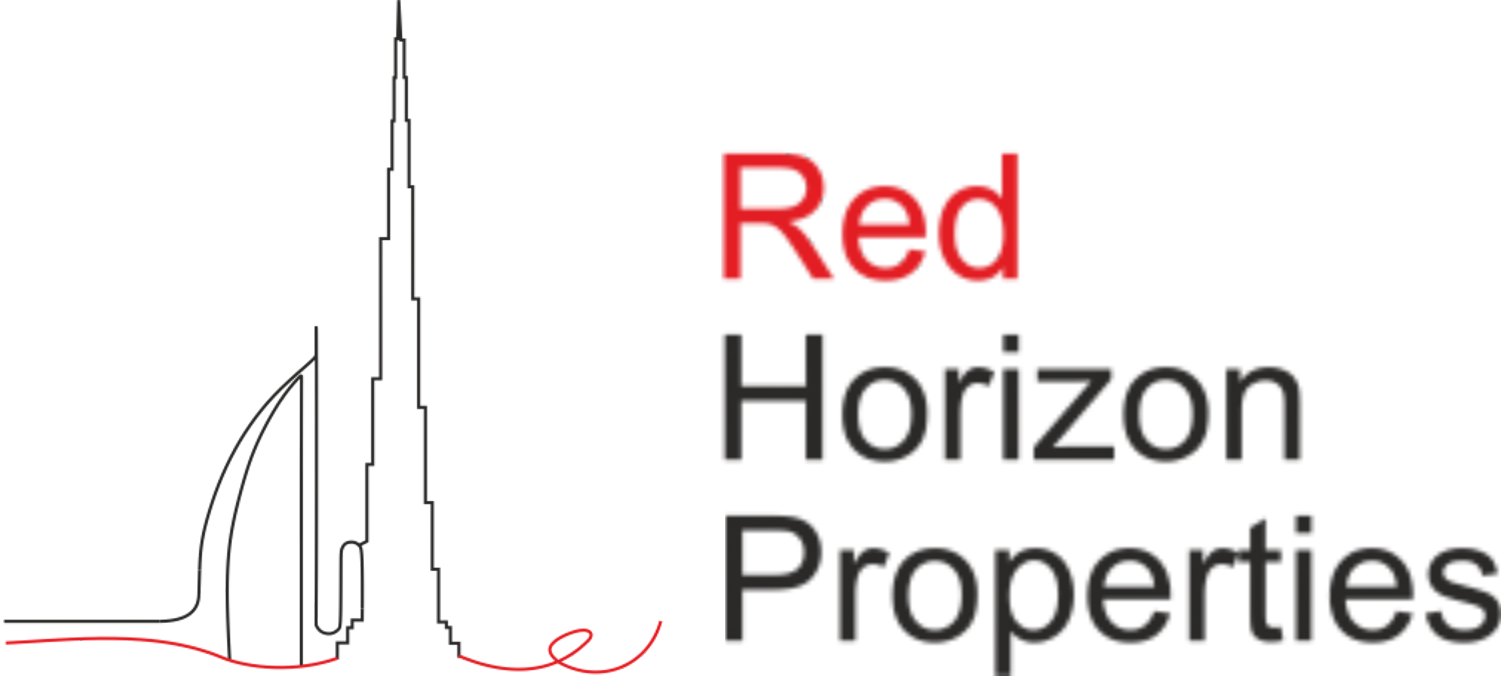


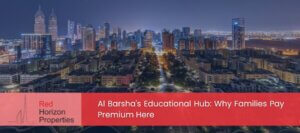

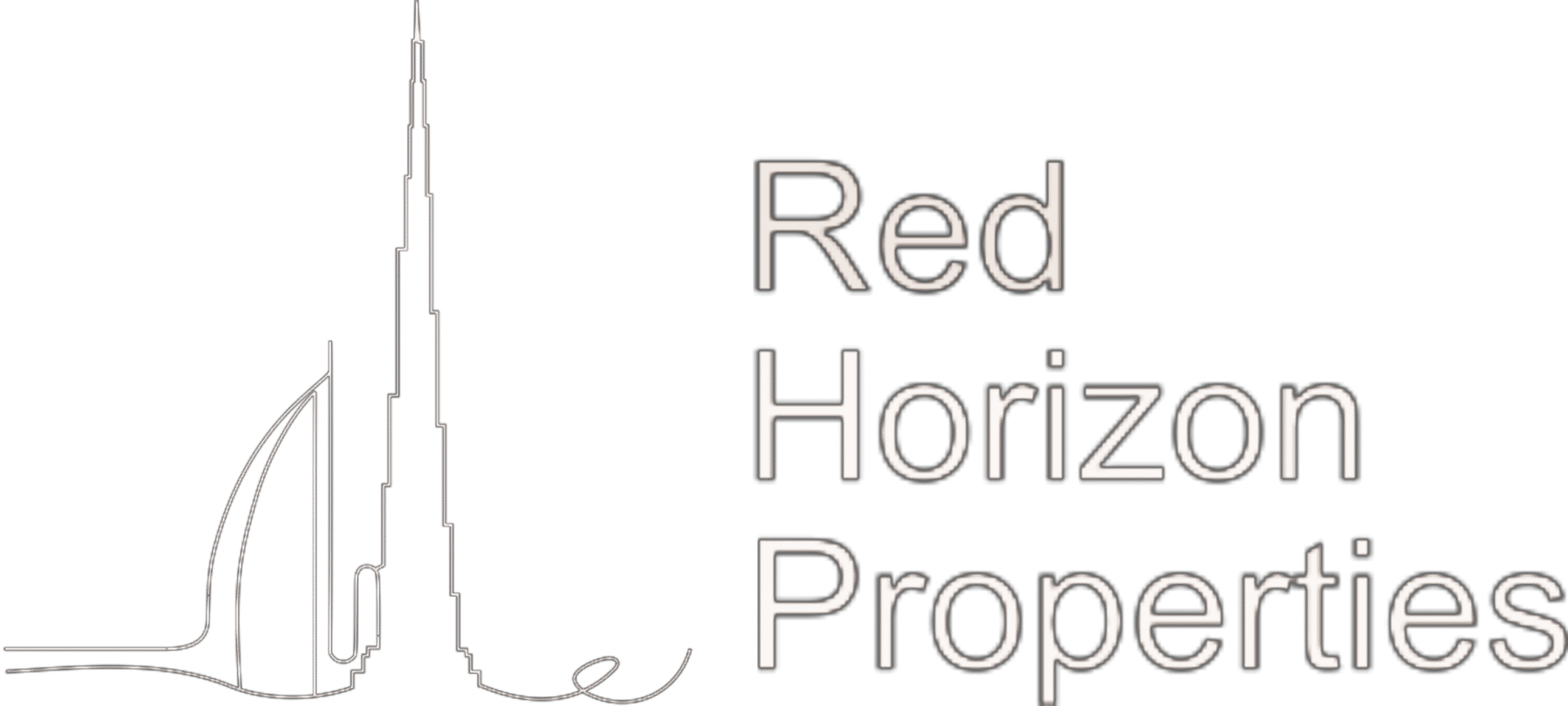
Comments